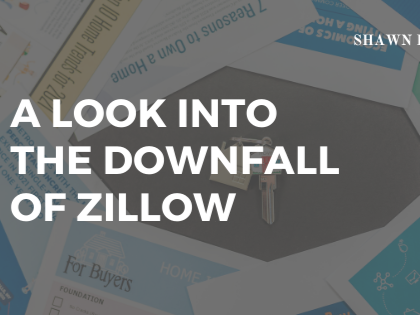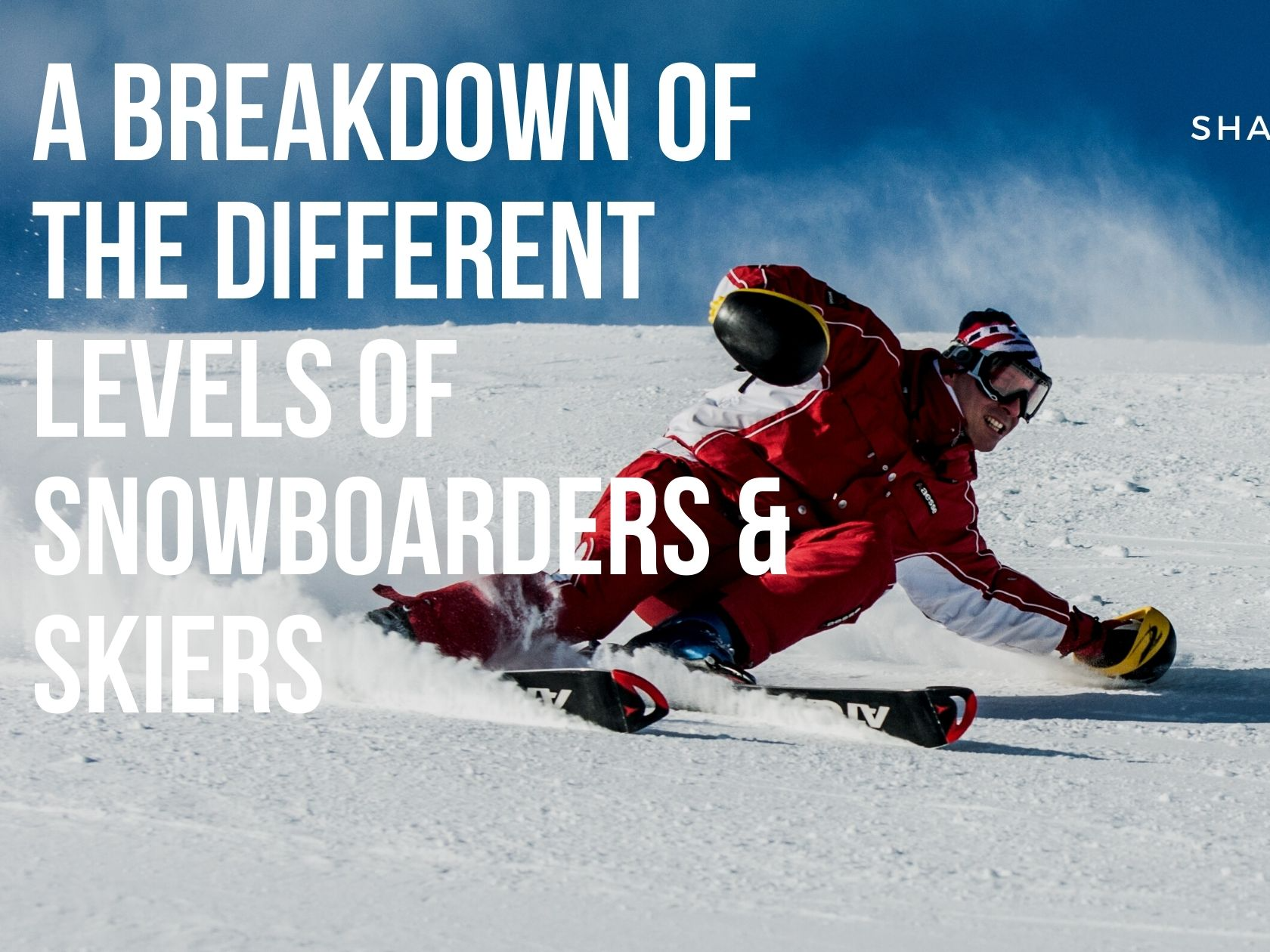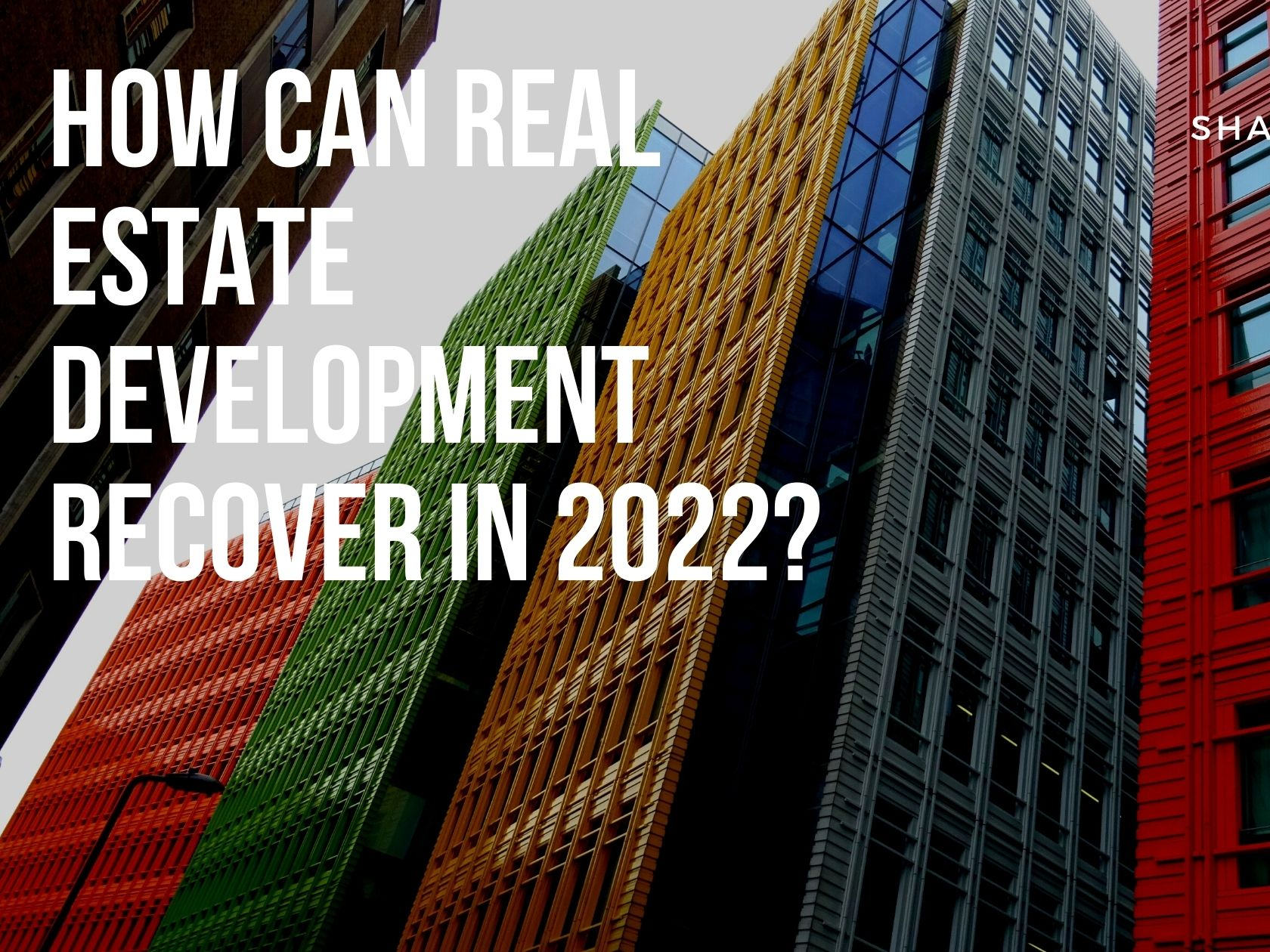
Worker burnout is one of the most pressing labor force problems in America's economy today. Approximately 76 percent of American workers report experiencing at least some degree of burnout, a number that has risen dramatically throughout the COVID-19 pandemic. Like many other mental health conditions, burnout presents in a series of recognizable stages. Here are the five stages of burnout everyone should be familiar with in order to identify and address it early on.
Stage 1: Honeymoon Phase
The honeymoon phase is a stage that actually precedes the onset of burnout. This is a stage at which a new task, job or challenge is enjoyable and fulfilling, even if it does involve some additional stress. If not handled properly, though, stresses that present themselves during the honeymoon phase can add up and begin the burnout process.
Stage 2: Stress Onset
As a worker proceeds out of the honeymoon phase, he or she will begin to experience more classic symptoms of mounting stress. The stress onset stage of burnout occurs when the initial surge of enjoyment and enthusiasm from the honeymoon phase wears off and the stresses associated with work continue to build. Anxiety, irritability and a general decline in both satisfaction and productivity usually begin to set in during this stage.
Stage 3: Chronic Stress
Unless stress is addressed in the second stage, workers quickly move on to the chronic stress stage of burnout. At this point, most of the enjoyment goes out of work and is replaced by frequent experience of stress. More severe symptoms of long-term stress, including physical sickness and drug or alcohol consumption, often begin to appear at this stage.
Stage 4: Burnout
At stage four, the classic symptoms of burnout set in as stress continues to increase. Decreased productivity feeds into the demands of the job, causing tasks to pile up and overwhelm the worker. Major behavioral changes and withdrawal from social life are also seen once a person reaches this stage. At this point, work-related stress becomes very frequent to almost constant.
Stage 5: Habitual Burnout
At the habitual burnout stage, a worker experiences essentially constant work stress that makes it impossible for him or her to function as usual. Burnout becomes standard, rather than occasional, and depression or other mental health issues may set in. Habitual burnout often requires professional treatment or major life changes to be made in order to return the person suffering from it to normal functionality.
Although these stages present in many cases of burnout, it's important to understand that they won't be identical for everyone. Because each situation is different, burnout can vary in both intensity and onset speed for each individual worker.








